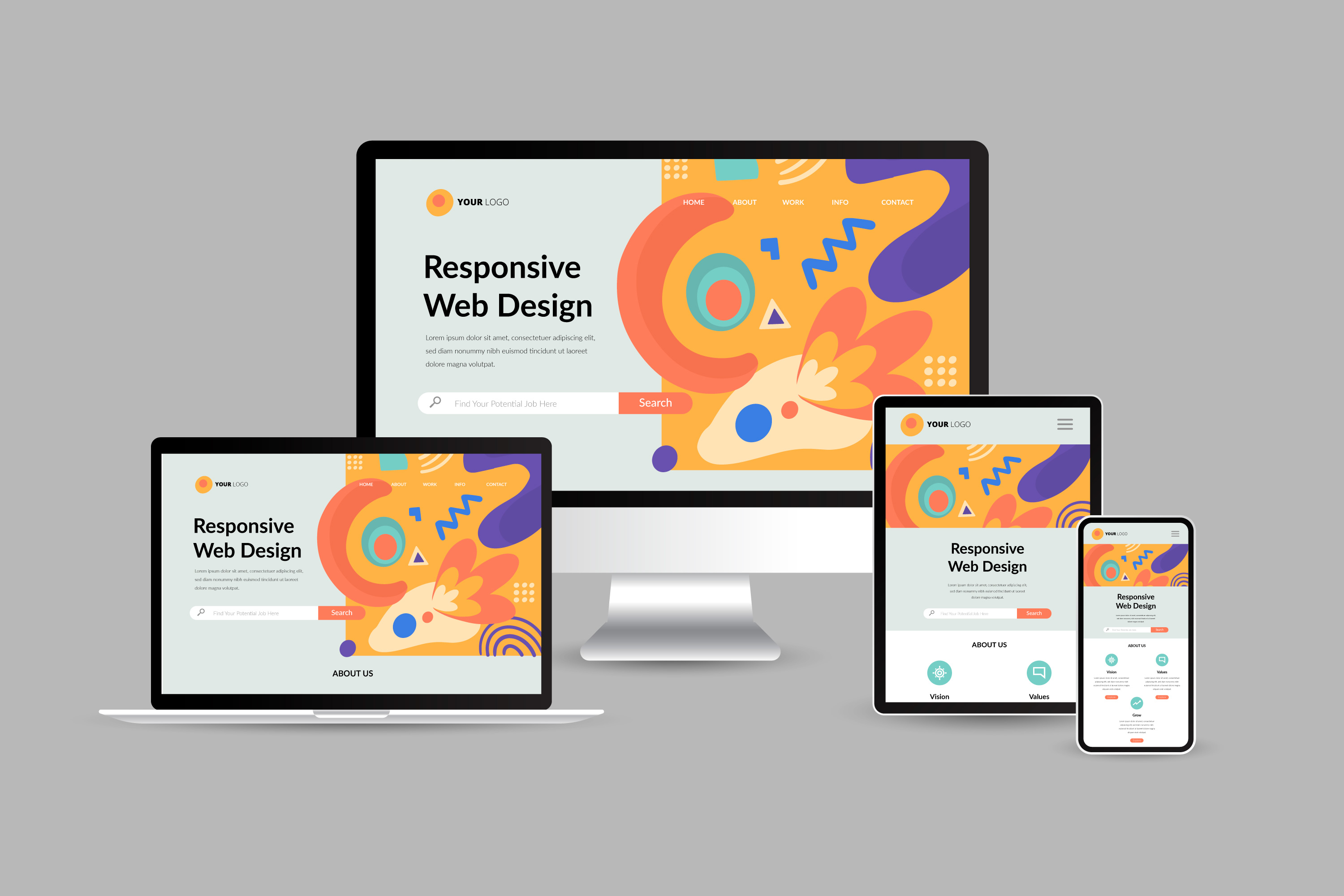Leading Web Design Singapore Solutions for a Remarkable Online Presence
Leading Web Design Singapore Solutions for a Remarkable Online Presence
Blog Article
Top Trends in Internet Site Layout: What You Need to Know
Minimalism, dark mode, and mobile-first strategies are amongst the key motifs shaping modern-day design, each offering one-of-a-kind advantages in customer interaction and capability. Furthermore, the focus on ease of access and inclusivity emphasizes the significance of developing digital atmospheres that provide to all individuals.
Minimalist Layout Aesthetic Appeals
Recently, minimalist style aesthetics have actually become a dominant pattern in website layout, emphasizing simplicity and capability. This approach prioritizes necessary content and gets rid of unneeded components, thereby improving customer experience. By concentrating on clean lines, sufficient white room, and a minimal color palette, minimalist styles promote easier navigating and quicker lots times, which are essential in maintaining customers' focus.
The effectiveness of minimalist style lies in its capability to share messages plainly and straight. This quality cultivates an intuitive interface, allowing users to achieve their goals with minimal interruption. Typography plays a considerable function in minimalist style, as the option of font style can evoke particular emotions and direct the individual's journey via the content. The critical usage of visuals, such as high-grade photos or refined animations, can enhance user involvement without frustrating the general aesthetic.
As electronic areas remain to advance, the minimalist layout concept remains pertinent, catering to a varied audience. Businesses embracing this trend are usually viewed as modern and user-centric, which can substantially influence brand name perception in a significantly open market. Inevitably, minimalist layout looks provide an effective service for reliable and appealing website experiences.
Dark Setting Popularity
Accepting an expanding trend among customers, dark mode has actually gained considerable appeal in website design and application user interfaces. This layout method includes a predominantly dark shade scheme, which not only improves visual appeal however additionally reduces eye stress, especially in low-light settings. Users significantly value the comfort that dark setting supplies, resulting in much longer engagement times and an even more pleasurable browsing experience.
The fostering of dark setting is also driven by its perceived benefits for battery life on OLED displays, where dark pixels eat much less power. This practical advantage, integrated with the elegant, modern-day look that dark themes offer, has actually led several developers to incorporate dark mode options into their jobs.
Additionally, dark setting can develop a feeling of deepness and emphasis, attracting focus to crucial elements of a website or application. web design company singapore. Therefore, brands leveraging dark mode can enhance user interaction and create a distinct identification in a jampacked industry. With the fad proceeding to climb, including dark setting right into website design is ending up being not just a preference but a basic expectation among individuals, making it vital for designers and designers alike to consider this aspect in their tasks
Interactive and Immersive Components
Often, designers are incorporating interactive and immersive elements right into web sites to improve individual Resources engagement and develop remarkable experiences. This pattern responds to the increasing assumption from individuals for more vibrant and tailored interactions. By leveraging features such as computer animations, video clips, and 3D graphics, sites can draw customers in, promoting a deeper link with the material.
Interactive elements, such as tests, polls, and gamified experiences, encourage site visitors to Click This Link actively get involved instead of passively consume info. This interaction not only keeps users on the site much longer however additionally raises the possibility of conversions. In addition, immersive modern technologies like digital reality (VIRTUAL REALITY) and enhanced fact (AR) provide unique chances for companies to display products and solutions in a more engaging way.
The incorporation of micro-interactions-- little, refined computer animations that reply to individual activities-- additionally plays an essential function in boosting use. These interactions offer comments, boost navigating, and develop a sense of complete satisfaction upon completion of jobs. As the electronic landscape remains to advance, the usage of interactive and immersive elements will remain a considerable focus for designers aiming to produce appealing and efficient online experiences.
Mobile-First Strategy
As the frequency of mobile phones remains to rise, taking on a mobile-first strategy has actually come to be essential for web developers intending to maximize customer experience. This approach stresses creating for mobile gadgets before scaling as much as larger screens, ensuring that the core functionality and web content come on one of the most generally made use of system.
One of the primary benefits of a mobile-first strategy is enhanced performance. By focusing on mobile layout, internet sites are streamlined, reducing lots times and boosting navigation. This is particularly critical as customers anticipate quick and responsive experiences on their smart devices and tablet computers.

Availability and Inclusivity
In today's digital landscape, ensuring that websites are accessible and comprehensive is not simply a best technique yet an essential requirement for getting to a diverse target market. As the net continues to work as a main means of interaction and commerce, it is vital to identify the different needs of customers, including those with disabilities.
To attain true access, internet designers need to adhere to developed guidelines, such as the Internet Content Access Guidelines (WCAG) These standards emphasize the relevance of offering message alternatives for non-text web content, guaranteeing key-board navigability, and maintaining a rational content structure. Inclusive style techniques extend beyond conformity; they involve producing a customer experience that suits various capabilities and choices.
Incorporating functions such as flexible message sizes, shade comparison options, and display reader compatibility not only boosts visit homepage functionality for people with disabilities however likewise improves the experience for all customers. Ultimately, prioritizing availability and inclusivity fosters an extra fair digital atmosphere, motivating more comprehensive engagement and engagement. As companies progressively acknowledge the ethical and financial imperatives of inclusivity, incorporating these concepts right into website layout will certainly come to be an essential element of successful online techniques.
Final Thought

Report this page